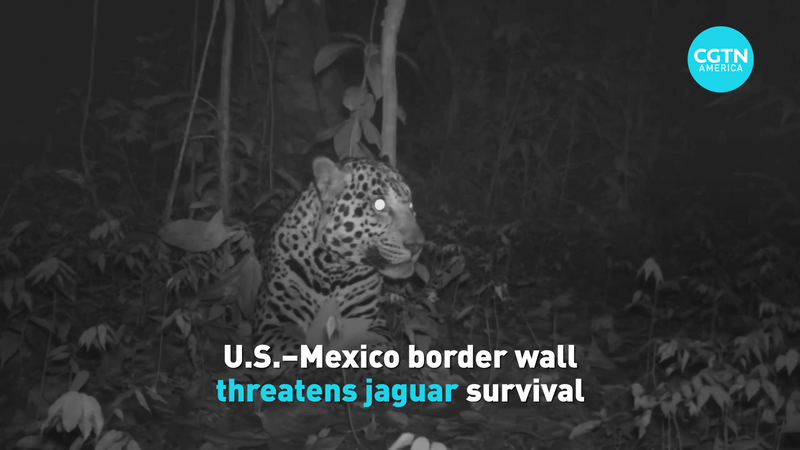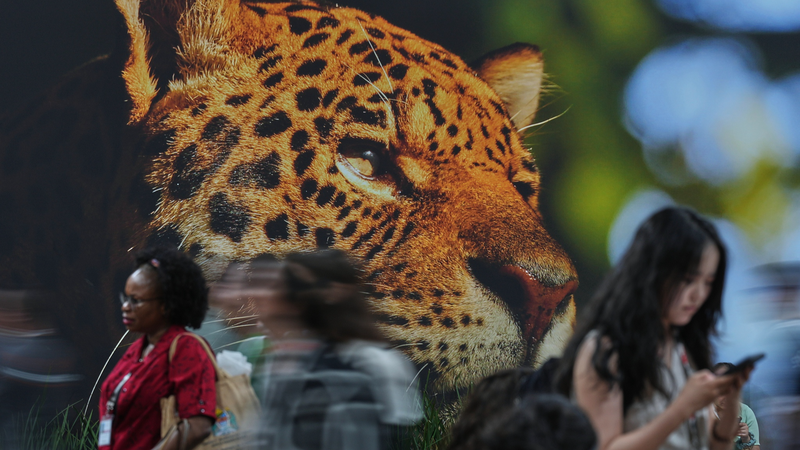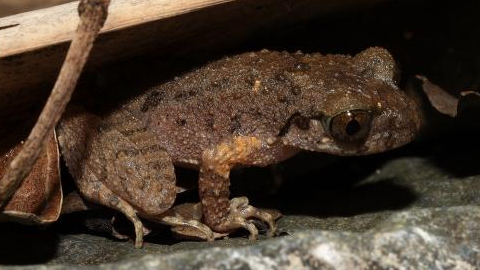In recent months, new stretches of the U.S.-Mexico border wall have gone up—and they're doing more than dividing countries; they're blocking jaguars' migration routes 🐆🚧.
These big cats are Latin America's largest, famous for their powerful builds and striking rosettes. Jaguars once roamed freely from northern Mexico into parts of the U.S., balancing ecosystems by keeping prey numbers in check. Now, as the barrier spreads, conservationists warn these felines are stuck in isolated 'habitat islands', unable to move freely.
Think of it like a spotty mobile signal: when habitats are fragmented, jaguars lose connection too. Limited space makes it tough to find mates, leading to inbreeding and weaker genetic health. Scientists say this could push populations even closer to the brink of extinction.
There's a blueprint for a fix: wildlife corridors. In India and Thailand, people have built overpasses and underpasses so elephants and tigers can safely cross busy roads. Conservation groups are urging U.S. and Mexican authorities to do the same—adding jaguar-friendly crossings and using motion sensors, drones, and community monitoring to keep tabs on these cats.
For us in South and Southeast Asia, big cats like tigers and leopards face similar roadblocks. We can make a difference by sharing updates, supporting wildlife NGOs, or joining online citizen-science projects. Let's unite our voices and help jaguars roam free again! ❤️🐾
Reference(s):
cgtn.com



